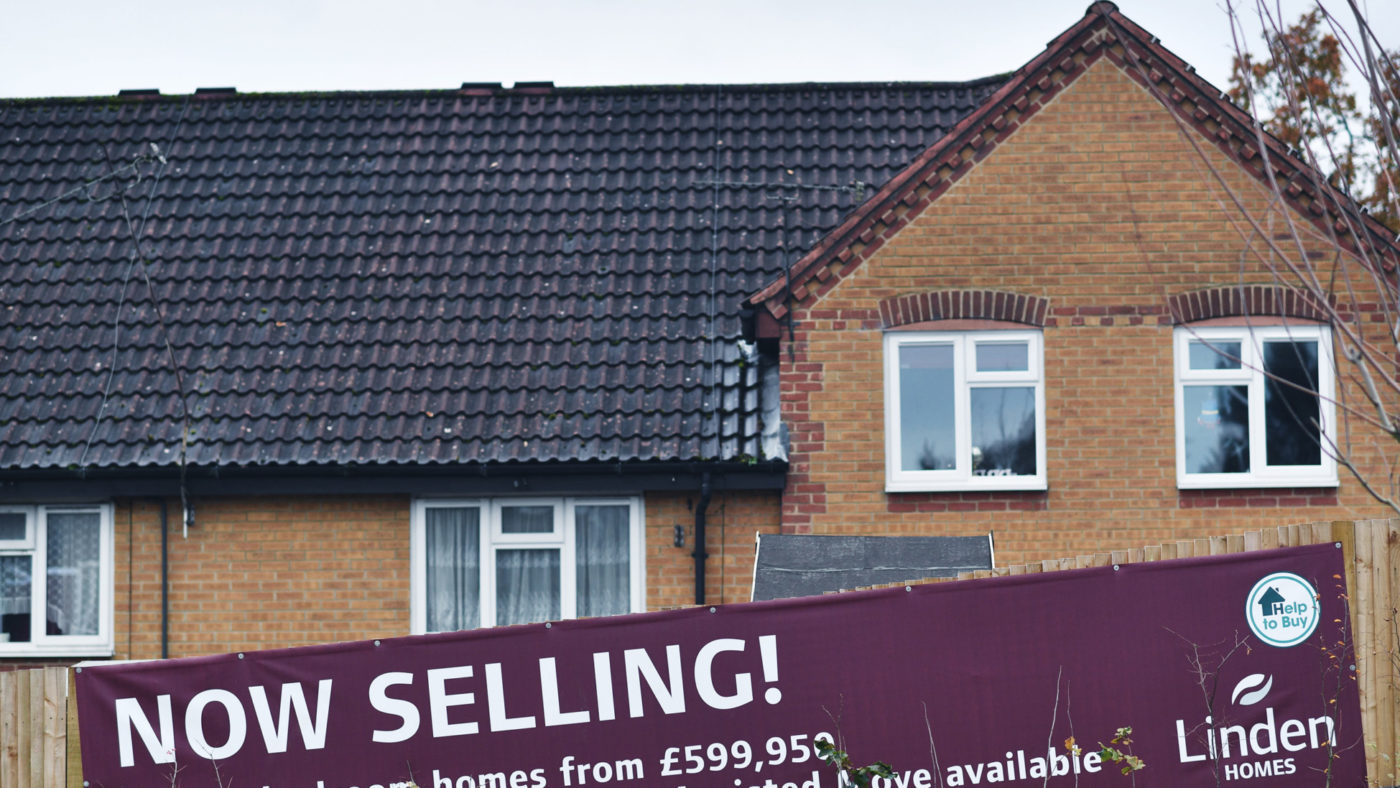We’re told that there are near half a million planning permissions out there as yet unbuilt. Enough to keep the house-building industry going for five years – thus it it argued that it cannot be the planning permission system which causes our housing problems. This is not, sadly, how reality works. For it can – and often does – take five years from the application for that planning permission to the completion of the house. It’s sensible enough that a business has a stock to work with equal to the time it takes to gain more stock.
Yes, I’m aware that planning permission should arrive in eight weeks – but that’s for you or me asking whether we can build a loft extension, not for an industrial builder asking about that field just out of town. The reality is that from green field (let alone Green Belt) through infrastructure installation to happy families moving in does indeed often take half a decade.
At which point consider the big change in industry of the past few decades: JIT, just in time. It used to be that, say, a car factory would have, on site, sufficient stock of steel to build the cars they wanted to build. Obviously enough, but that amount was determined by how long it would take to get more steel. If it took three months from order to delivery of more shiny (or, given British Leyland’s output, more rusty) steel then three months’ worth would be held on site as stock. Industry in general has moved on from this; delivery times are now days or even hours. Or perhaps contracts are set up so that there is a constant stream of deliveries, with stock on site amounting to the amount needed for a day or two of production.
But the housing industry is still stuck back in that inefficient past. Every business wants to know that it can keep running, and that it will not have to halt production for lack of some crucial part or ingredient. If chilli powder took 12 months to arrive after it had been ordered then the curry factory would either have a 12-month stock or their supplier would – the system most certainly would, somewhere, have a pile capable of covering the order period. If it really does take five years from field to family housing then the system will have a five-year stock of the crucial ingredient – in this instance, land with planning permission.
The answer, of course, is to speed up the process so that people will rationally hold less such stock.
There is another problem, section 106 agreements. This is an absurd insistence that people shouldn’t profit, too much at least, from building the houses we want built. Those “excess” profits should be put into affordable housing instead. As much as up to one third of a development can be so designated. Reducing the profit people make providing something we want is not a known method of increasing supply of the things that we want, sadly. Quite the contrary: excess profits are the very thing that a market system uses to entice more people into the supply side.
A better answer here is simply that we build many more houses, dropping the “affordable” designation. For increasing the supply will mean lower prices. The first two pages of every economics book are actually correct: supply and or demand changes do lead to price movements. This is true even if only luxury housing is built as new – those moving into it will move out of some extant dwelling, lowering prices.
There really are things wrong with the British housing market and most of them can be traced to the restrictions placed upon it. The last time the private sector produced the 300,000 houses a year that people say are currently necessary was the 1930s. That is, before all the current restrictions began to be put in place. Back when we were largely free of planning and profit restrictions. The answer would therefore be to move back to that system, and thereby reduce the difficulties constipating the current one.
In short, abolish section 106 planning gain requirements and blow up the Town and Country Planning Act 1947 and its successors. Rely on free-market planning rules and profit margins and leave competition to do the rest, then build myriad houses and bring those prices down.
We’ll not need special rules for affordable housing when all are now cheaper, will we? And why should we have a system which denies the ability to build houses where people actually want to live? That being the only purpose of the current system after all – why would you have to have permission if the process wasn’t designed to deny construction where the free market would choose to build anyway?
As is so often true, our problem isn’t that government should do something, it’s that it should stop doing what it currently does. Have a free market in housing and we’ll be done.


